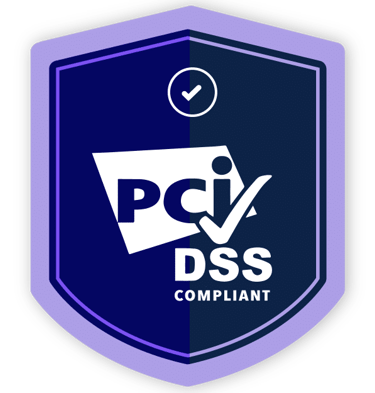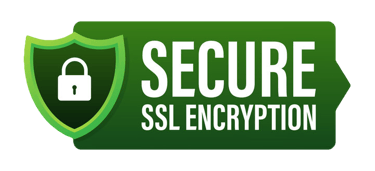Survey Readiness: Authentication of Clinical Records in Hospice
Hospice providers must meet strict standards for clinical documentation authentication. This guide explains how to comply and prepare for surveys with expert support from HealthBridge.


Survey Readiness: Authentication of Clinical Records in Hospice
Why Authentication Matters for Hospice Compliance
When it comes to survey preparation, hospices must prioritize the proper authentication of clinical records. Accurate, legible, and timely documentation not only upholds patient safety and continuity of care—it also plays a vital role in ensuring regulatory compliance under CMS Conditions of Participation (CoPs). One area frequently scrutinized during hospice surveys is how well the organization maintains and authenticates its clinical documentation.
What Does Proper Authentication Involve?
Each entry in the patient’s clinical record must be:
Legible
Clear and complete
Signed and dated appropriately
Compliant with hospice policy and accepted standards of clinical practice
Your hospice should have a formal, written policy outlining how authentication is handled, including electronic signature protocols. These policies must adhere to both federal guidelines and your specific state’s licensing laws—whichever is more stringent takes precedence.
Manual vs. Electronic Signatures: What’s Allowed?
CMS regulations strictly prohibit the use of stamped signatures on any clinical documentation, including:
Physician orders
Treatment plans
Progress notes
Any part of the clinical record
However, two signature formats are acceptable:
Handwritten Signatures (original, ink-based)
Secure Electronic Signatures — provided your system meets all industry security standards, protects against unauthorized modifications, and includes audit trails.
A limited exception exists: Facsimiles of handwritten or electronic signatures are allowed only for certifications of terminal illness.
💡 Tip for survey prep: Ensure your EHR platform supports unique user logins, time-stamped entries, and printable records. Be ready to provide a printed version of the complete clinical record if a surveyor requests one.
Responsibility for Signature Authenticity
The burden of proof lies with both the hospice and the provider. If a signature (electronic or otherwise) is disputed, the hospice must demonstrate that adequate safeguards were in place and that the entry can be authenticated. For this reason, physicians and providers should consult with legal counsel and malpractice insurers when using alternate signature methods.
What Surveyors Look For
During a Medicare survey, inspectors will evaluate:
Whether all entries are signed, dated, and legible
Whether signatures meet federal and state standards
Whether EHR systems can generate complete records and printouts on request
If electronic systems prevent unauthorized access and modifications
Failing to meet these criteria may result in survey citations, delays in certification, or worse—non-compliance penalties.
HealthBridge Can Help You Prepare for Survey with Confidence
At HealthBridge, we specialize in helping hospices navigate the complex world of regulatory compliance. Whether you need help updating your authentication policy, securing your electronic documentation systems, or preparing your clinical records for survey readiness, our consultants are here to support you every step of the way. Stay compliant, avoid penalties, and protect your hospice’s integrity with our expert guidance.
Links:
42 CFR §418.104 – Clinical Records (Hospice CoPs) Covers authentication, legibility, dating, completeness, retention, and survey expectations.
CMS State Operations Manual – Appendix M
CMS MLN Fact Sheet
HIPAA Security Rule – Electronic Signature, Audit Trail & Safeguard Requirements





